Description
Eylea Aflibercept
Eylea Aflibercept is an anti-VEGF (vascular endothelial growth factor) therapy used to treat several retinal eye conditions that can cause vision loss or blindness. Classified as a recombinant fusion protein, Eylea works by inhibiting abnormal blood vessel growth and leakage in the eye.
It is FDA- and EMA-approved for conditions such as wet age-related macular degeneration (AMD), diabetic macular edema (DME), retinal vein occlusion (RVO), and diabetic retinopathy (DR). Eylea is given as an intravitreal injection directly into the eye by a trained ophthalmologist.
How Eylea (Aflibercept) Works
In many retinal diseases, excess VEGF (vascular endothelial growth factor) leads to abnormal blood vessel growth and fluid leakage that damages the retina. Eylea acts as a VEGF trap by:
-
Binding VEGF-A and VEGF-B, blocking their activity.
-
Inhibiting abnormal vessel growth (neovascularization).
-
Preventing leakage that causes retinal swelling.
-
Preserving central vision and slowing disease progression.
This targeted approach helps patients maintain or improve vision over time.
Approved Medical Uses of Eylea
Eylea is approved for multiple sight-threatening retinal conditions, including:
-
Wet Age-Related Macular Degeneration (AMD): Slows abnormal blood vessel growth under the retina.
-
Diabetic Macular Edema (DME): Reduces retinal swelling caused by diabetes.
-
Diabetic Retinopathy (DR): Prevents vision loss from advanced diabetic eye disease.
-
Macular Edema following Retinal Vein Occlusion (RVO): Treats swelling caused by blocked retinal veins.
-
Retinopathy of Prematurity (ROP): Approved in some regions for infants with abnormal retinal blood vessel growth.
Dosage and Administration
-
Form: Sterile solution for intravitreal injection.
-
Typical Adult Dose: 2 mg injected into the affected eye.
-
Frequency:
-
Initial loading phase: Every 4 weeks.
-
Maintenance phase: Every 8–16 weeks, depending on patient response and disease type.
-
⚠️ All injections must be administered by an ophthalmologist in a sterile clinical setting.

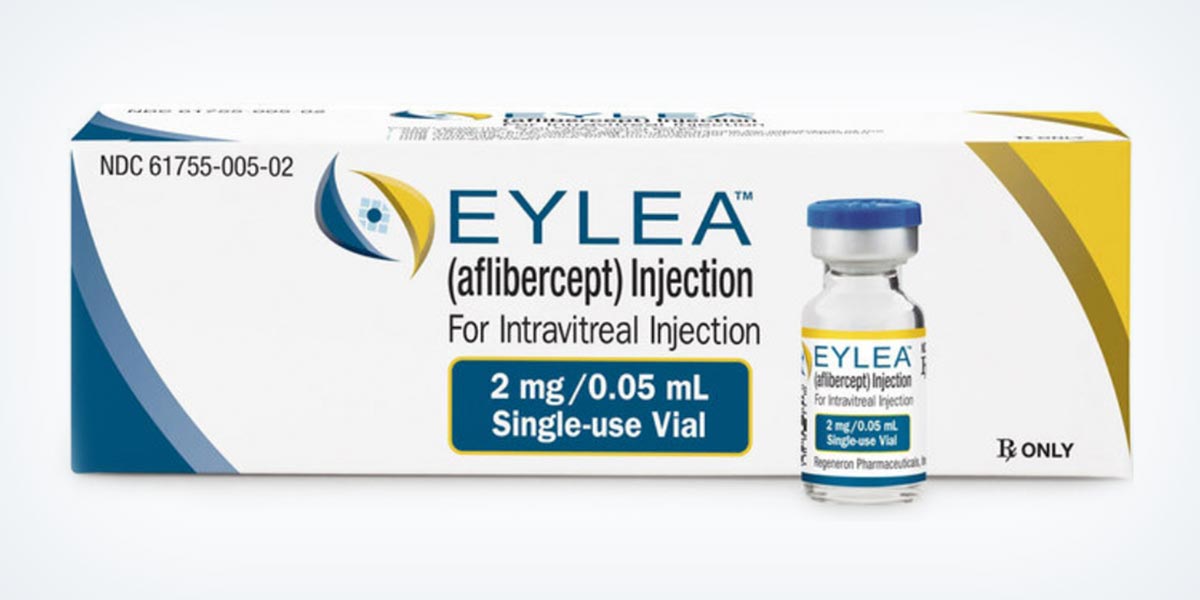
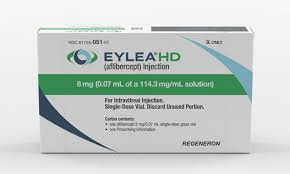

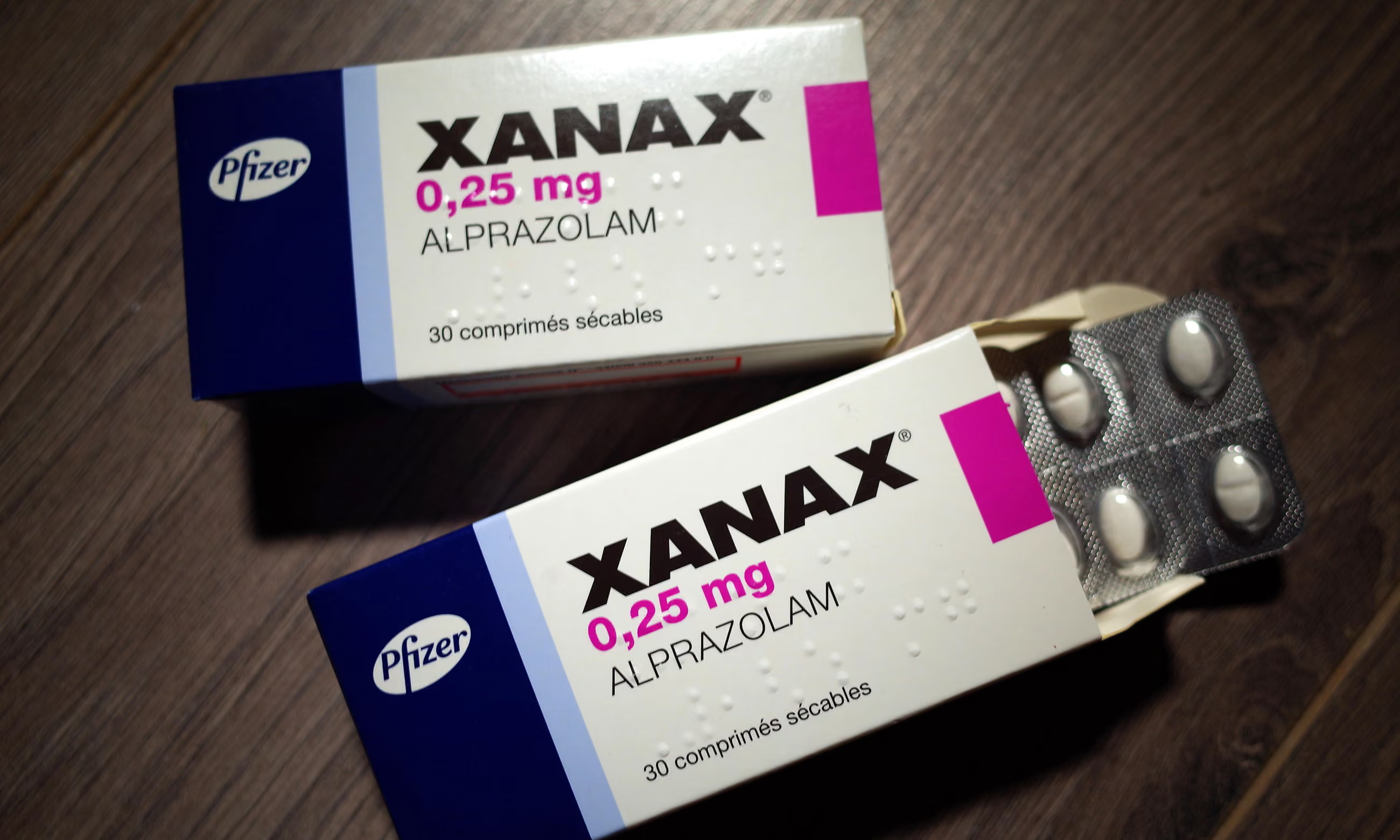
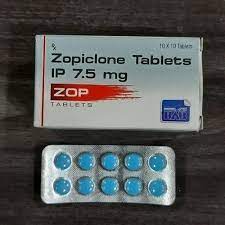
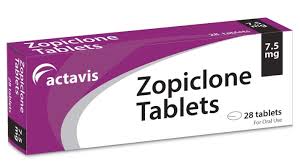

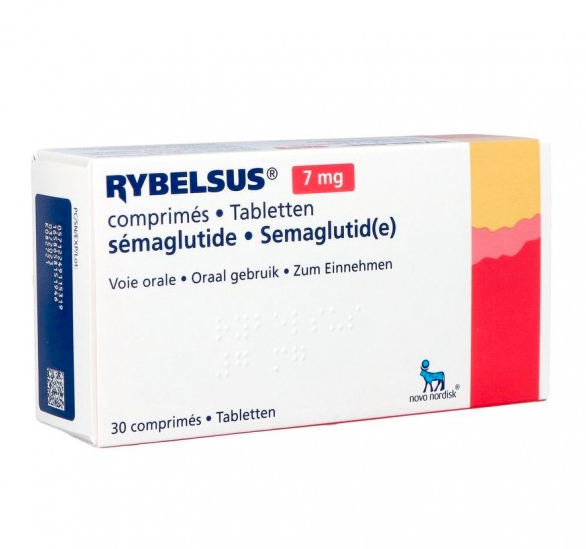


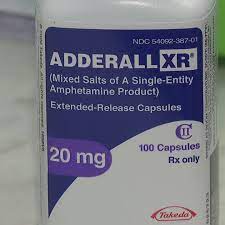
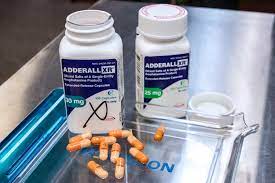

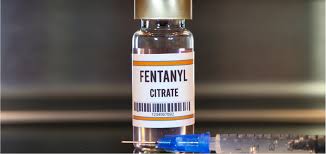
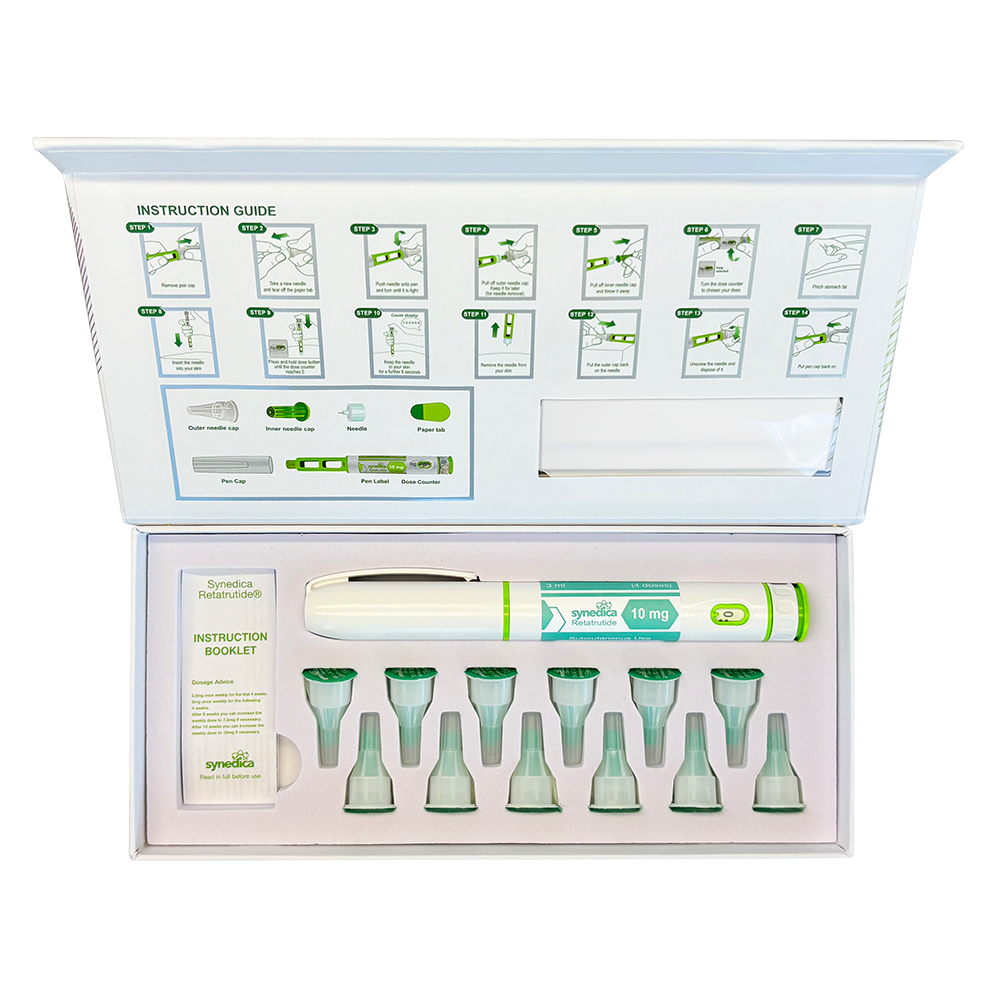
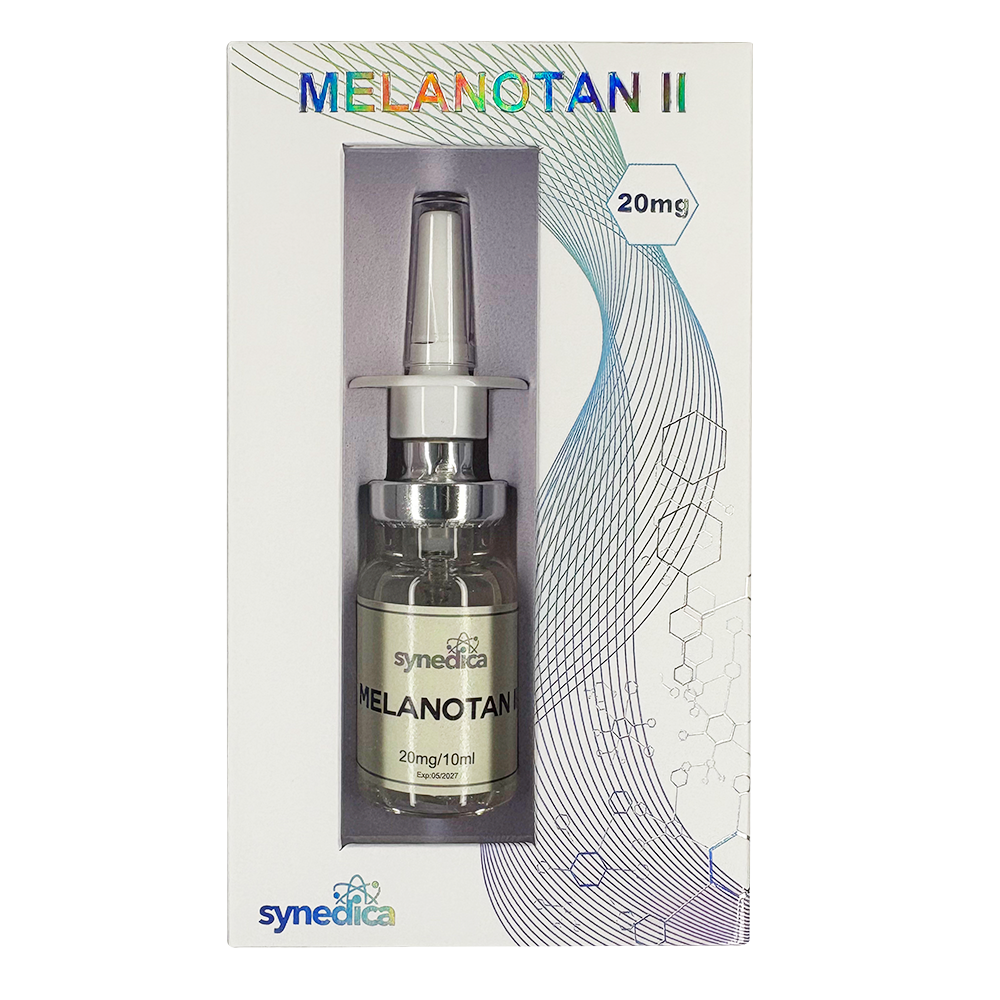
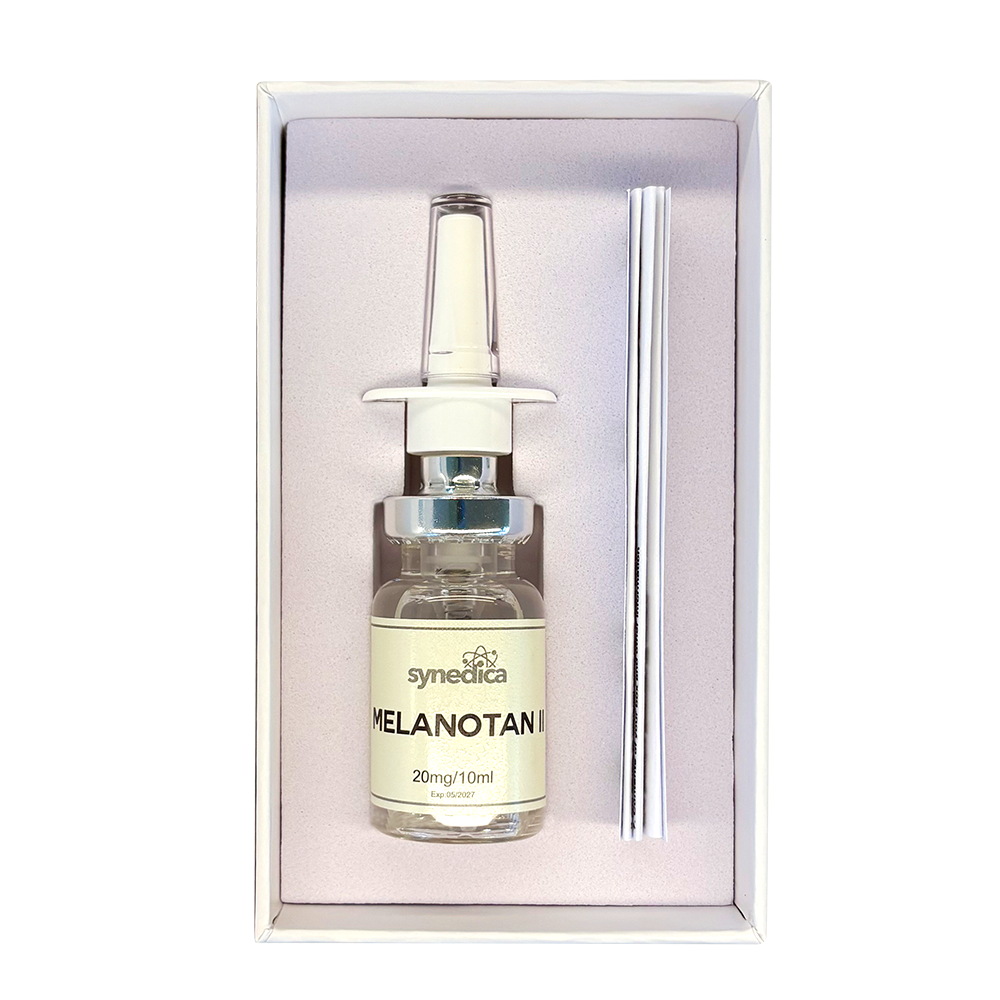
Reviews
There are no reviews yet.